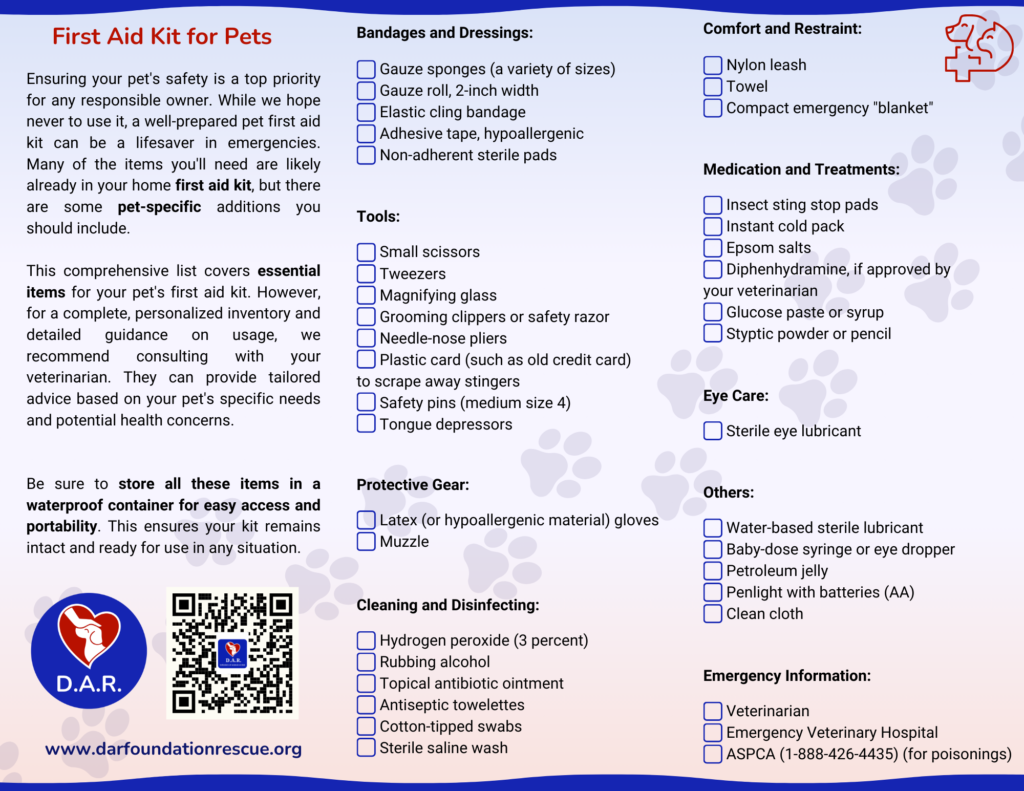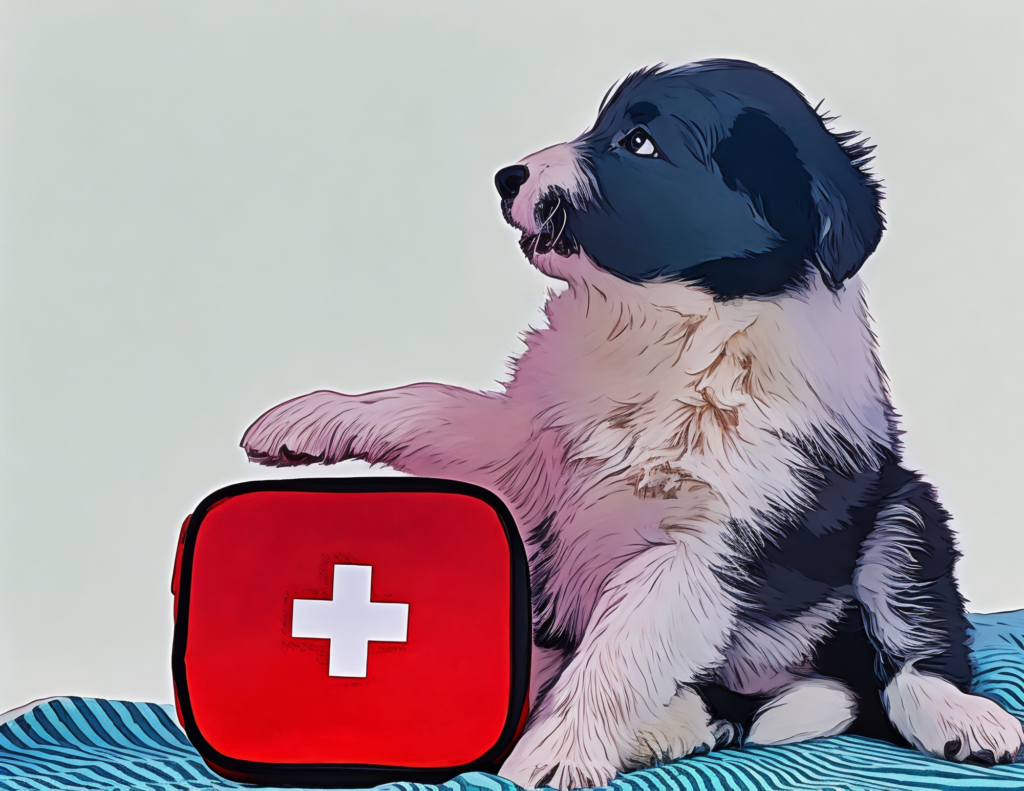Last modified: August 25, 2024
Comprehensive First Aid Kit for Pets
Ensuring your pet’s safety is a top priority for any responsible owner. While we hope never to use it, a well-prepared pet first aid kit can be a lifesaver in emergencies. This guide will help you assemble a comprehensive first aid kit for your pet, including essential items and pet-specific additions.






